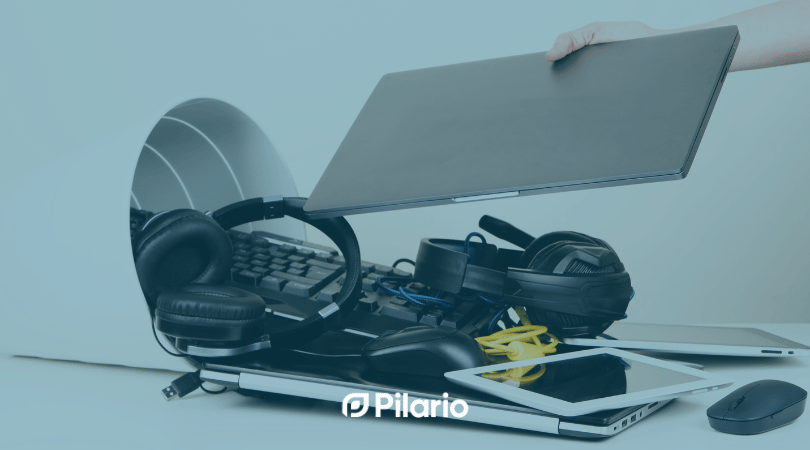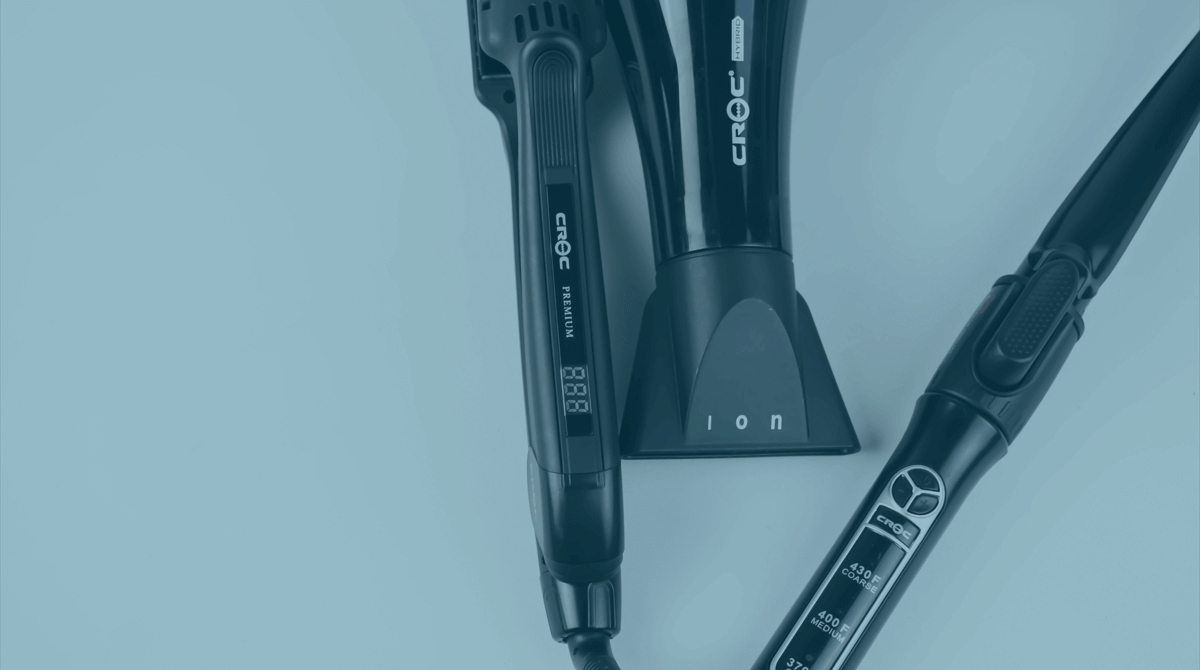
6 November 2023
Managing E-Waste: Tackling the Electronic Device Dilemma
In the rapidly changing landscape of the electronic devices industry, innovation and progress are accompanied by the concern of sustainability. These concerns are addressed through strategic initiatives like the EU Green Deal and the Circular Economy Action Plan.
The world of electronic gadgets, which includes things like smartphones, laptops, and home machines, is really important in today’s society. But it has had some problems in the past related to the environment, using up resources, and creating a lot of electronic waste.
In this article, we take a closer look at the increasing problem of electronic waste or e-waste. We explore ways to deal with this issue and the good things that can come from managing e-waste properly.
Growing volume of E-waste
E-waste, a byproduct of discarded electronic devices, poses significant environmental challenges. It contains hazardous substances like lead and mercury, polluting soil and water if not managed properly.
In a time of rapid technology advances, getting rid of old electronics is a big problem. There are so many smartphones, laptops, and other gadgets, and they’re creating a huge pile of electronic waste. We collect around 50 million metric tons of electronic garbage each year, and experts project that it will increase in the future. Effective e-waste management and recycling are crucial to reduce these environmental risks.
The Crucial Role of LCA and EPR in Electronic Device Waste Management
LCA: A Tool for Assessing the Environmental Impacts of Electronic Devices
Life Cycle Assessment (LCA) is a powerful tool that helps us understand the environmental impacts of electronic devices throughout their entire life cycle. It takes into account the raw materials used, manufacturing processes, transportation, product usage, and eventual disposal.
By conducting LCAs, we can identify areas where the environmental impact can be minimized, leading to more sustainable practices in the electronic device industry.
EPR: A Policy Framework for Managing Electronic Waste Responsibly
Extended Producer Responsibility (EPR) is a policy framework that holds manufacturers and producers accountable for the entire life cycle of their products. This means that manufacturers not only design and produce electronic devices but also take responsibility for their disposal and recycling. EPR encourages producers to adopt eco-friendly designs and promotes recycling, reducing the environmental burden.
Applying LCA and EPR to the Electronic Device Industry
Utilizing Life Cycle Assessment (LCA) and Extended Producer Responsibility (EPR) within the electronic device sector offers a promising opportunity to make these gadgets more environmentally friendly. It involves designing devices with materials that are kinder to the environment, adopting energy-efficient manufacturing methods, and creating products that are easy to recycle.
EPR plays a vital role in ensuring that the responsibility for the proper disposal and recycling of these devices is distributed among all involved parties, such as manufacturers, retailers, and consumers, thus promoting a more sustainable approach to electronic devices.

Benefits of Proper E-waste Management
Implementing effective e-waste management has several advantages:
Environmental Conservation
Proper disposal and recycling of electronic devices help reduce pollution and preserve natural resources. This, in turn, contributes to a healthier planet for current and future generations.
Economic Opportunities
E-waste recycling can generate employment opportunities and stimulate the economy. It’s a win-win situation where responsible e-waste management not only benefits the environment but also creates jobs and boosts the economy.
Resource Conservation
Recycling electronic components conserves valuable materials, reducing the need for mining and manufacturing. This helps in the conservation of resources like precious metals and rare minerals.
Health Protection
Minimizing exposure to hazardous materials in e-waste safeguards public health. Proper disposal and recycling of electronic devices reduce the risk of toxic substances harming human health.
E-Waste Solutions with LCA and EPR
In conclusion, the growing concern of e-waste has brought the environmental impact of electronic devices into sharp focus. The key to addressing this issue lies in embracing practices like Life Cycle Assessment (LCA) and Extended Producer Responsibility (EPR). These methods enable us to significantly reduce the ecological footprint of our devices, safeguarding the planet for future generations.
Pilario, our dedicated LCA software, is the keystone in this mission. It meticulously tracks energy consumption, emissions, and waste generation from device inception to disposal. By doing so, it ensures that our electronic devices are produced and used in an environmentally responsible manner.
Moreover, Pilario doesn’t just benefit the environment; it also opens doors to economic opportunities and protects public health. By embracing proper e-waste management and leveraging Pilario’s insights, we collectively take responsibility for this pressing issue. This proactive approach allows us to continue enjoying the convenience of our electronic devices while preserving the planet for future generations.